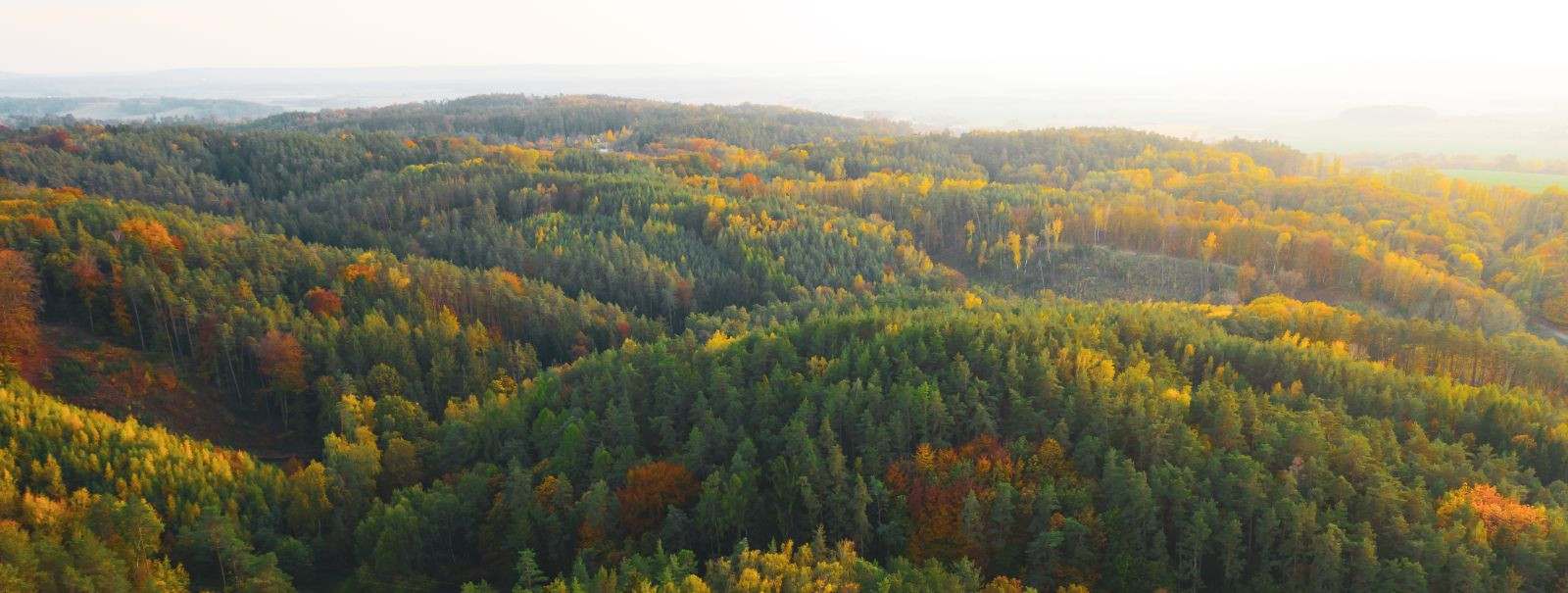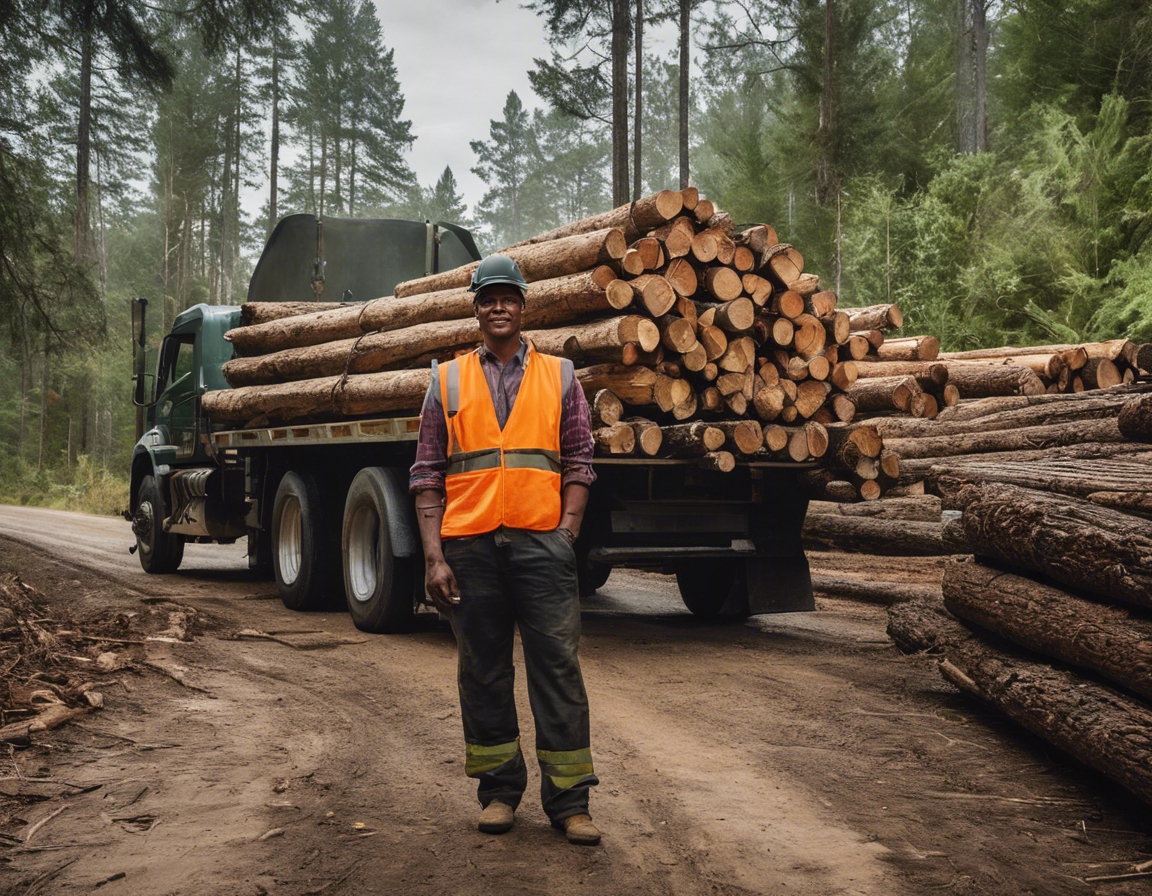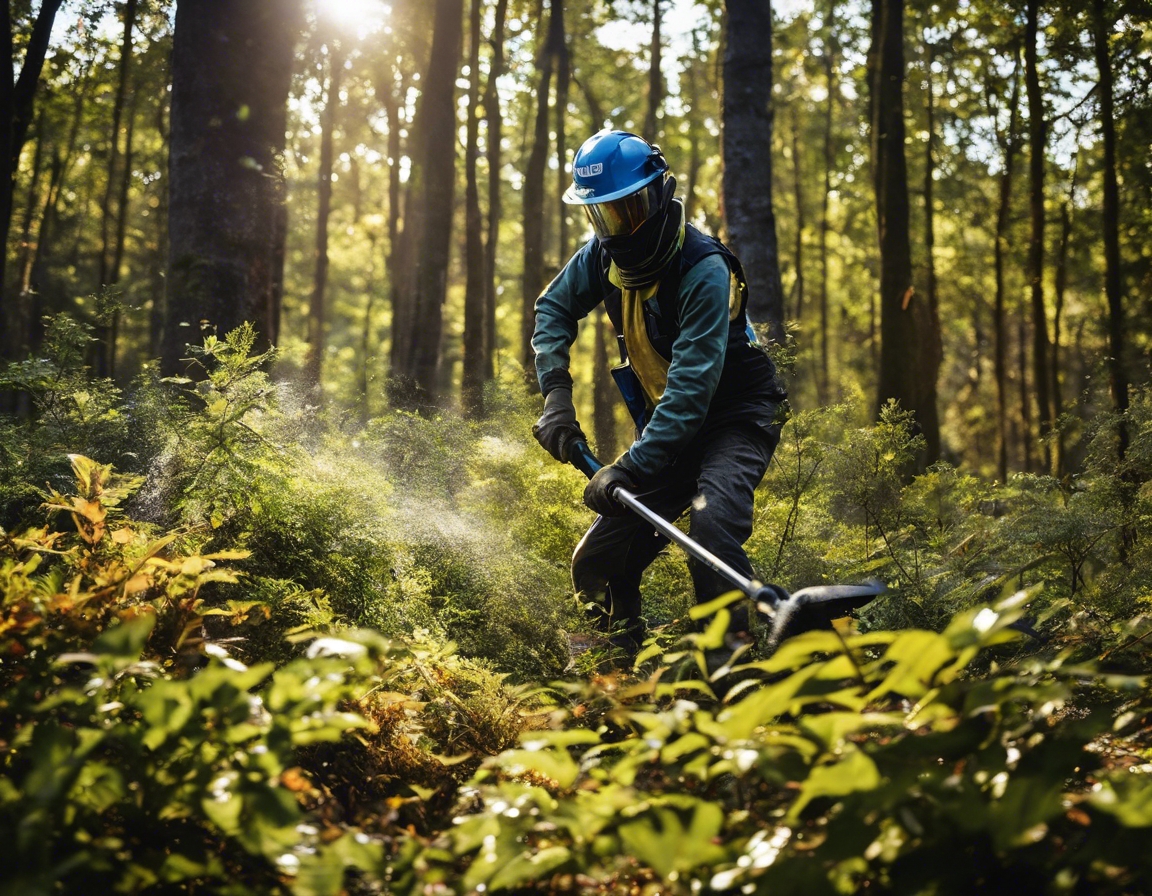Innovative technologies in modern forestry
Forestry has long been a cornerstone of rural economies, providing essential resources and supporting biodiversity. As the world increasingly prioritizes sustainability, the forestry sector is undergoing a transformation driven by innovative technologies. These advancements not only enhance productivity but also ensure that forestry practices align with environmental conservation goals.
The Role of Technology in Forestry
Precision forestry is revolutionizing how forests are managed. By utilizing data-driven approaches, landowners and forestry businesses can optimize tree planting, growth monitoring, and harvesting. Technologies such as GPS and data analytics allow for precise mapping and management of forest resources, reducing waste and improving yield.
Remote sensing and Geographic Information Systems (GIS) have become indispensable tools in modern forestry. These technologies provide detailed insights into forest health, biomass estimation, and land use changes. By analyzing satellite imagery and aerial data, forestry professionals can make informed decisions about conservation and resource allocation.
Drones are increasingly being used for forest monitoring and management. Equipped with high-resolution cameras and sensors, drones can quickly survey large areas, assess tree health, and detect pest infestations. This aerial perspective allows for timely interventions, reducing the risk of widespread damage and promoting sustainable forest management.
Robotics and automation are paving the way for more efficient forestry operations. Automated machinery can perform tasks such as planting, thinning, and harvesting with precision and minimal human intervention. This not only increases productivity but also enhances safety by reducing the need for manual labor in hazardous environments.
Sustainable Practices through Technology
Forest management software is a critical component of sustainable forestry. These platforms enable landowners and managers to plan, monitor, and report on forest activities. By integrating data from various sources, such software helps in tracking growth patterns, predicting yields, and ensuring compliance with environmental regulations.
As the world grapples with climate change, monitoring carbon sequestration in forests has become a priority. Innovative technologies allow for accurate measurement of carbon storage, helping landowners participate in carbon credit markets. This not only provides an additional revenue stream but also incentivizes sustainable forest management practices.
Challenges and Opportunities
While the benefits of technology in forestry are clear, integrating these innovations into existing practices can be challenging. It requires investment in training and infrastructure, as well as a shift in mindset towards data-driven decision-making. However, those who embrace these changes stand to gain significant competitive advantages.
The cost of implementing advanced technologies can be a barrier for some forestry businesses, particularly smaller operations. However, as these technologies become more widespread, costs are expected to decrease, making them more accessible. Additionally, government incentives and partnerships can help offset initial expenses.
Future Trends in Forestry Technology
The future of forestry technology is promising, with ongoing advancements in artificial intelligence, machine learning, and biotechnology. These innovations will further enhance the ability to manage forests sustainably, ensuring that they continue to provide vital resources and ecological benefits for generations to come.






Comments (0)